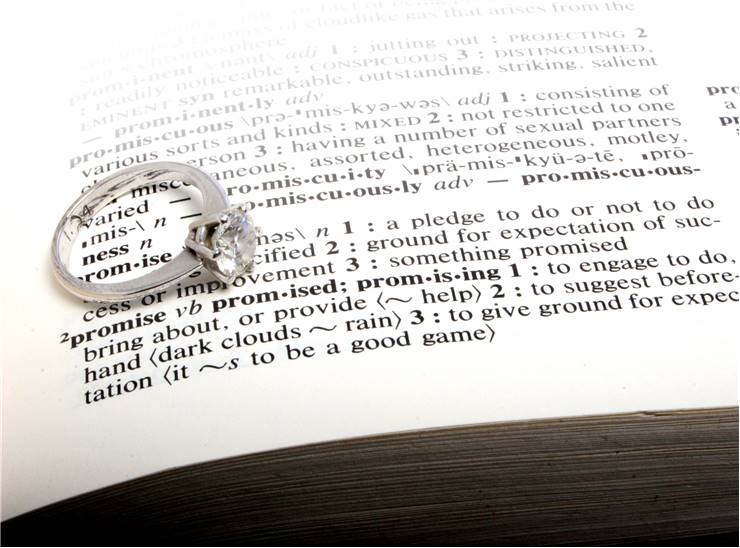History of Promise Ring - Pre-Engagement Ring
History of rings is full of many rituals and traditions that were created in ancient times, and carried on from generation to generation into modern times, sometimes changing their meaning slightly of significantly, melding with other traditions into new ones, or in many cases disappearing. One of the most powerful traditions that managed to survive trough ages is the power of gifting items as a token of promise, allegiance and love. One of those traditions is off course pre-engagement ring, token in a shape of ring that is given to romantic partner as a symbol of commitment, relationship and future promise of engagement ring and marriage. Because the promise of building future life with someone represents one of the most important commitments someone can make, significance of pre-engagement ring managed to become very important in all the cultures or time periods when they were in widespread use.
Rings as items of decorations were created in prehistoric times, but they were worn almost exclusively as neck rings, nose rings, anklets, bracelets, ear rings and lip rings. With the rise of Egypt the tradition of wearing rings on fingers was finally born, and was viewed mostly as a sign of royalty, nobility and wealth, and their significance as “representation of someone” was born because of their ability to imprint sigils and runes into wax, but until today our historians cannot decipher if the Egyptians used rings as tokens and gifts.

The earliest historical examples of “promise rings” came from Ancient Greece, civilization who had very close trade connections with Egypt. Mythological tales of Greek gods mentioned rings that caused other gods to forever remember other gods who gave it to them, and this tales influenced Greeks and later on Romans to incorporate this tradition into their lives. Roman “betrothal rings” became very popular with time (two rings with engraved names of betrothed couple), and eventually tradition called that they needed to be made from gold and must be worn openly.
Modern European origin of promise or pre-engagement ring allegedly came from as early as 16th century, and were given to the females by men who could not afford to get married straight away, and would give his future bride a “promise ring” as placeholder before marriage could be performed. As time went on, those rings became more intricate and made with more care and effort. By 17th and 18th century they were engraved with romantic sayings and in 20th century in some countries women were the ones who offered promise rings to males, who could either accept or deny future marriage with that woman.
Today, the tradition of romantic promise rings is rarely used.
